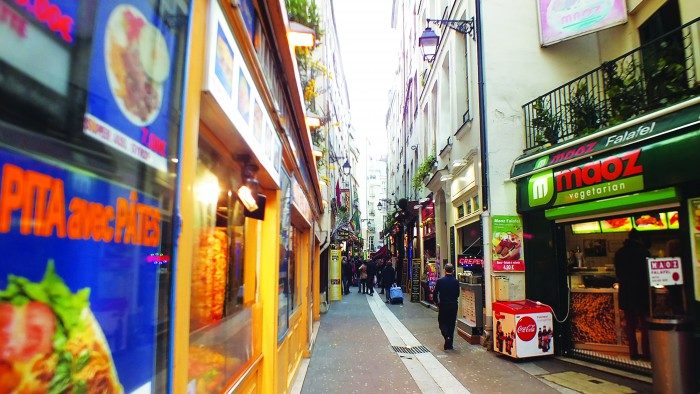


 Once before UNESCO was just an acronym I knew about until I had the opportunity to spend a few weeks attending a conference on new and digital technologies at the organisation’s headquarters located at Place de Fontenoy in Paris, France, in an outstanding, Modernist building inaugurated in 1958 and renovated in recent years.
Once before UNESCO was just an acronym I knew about until I had the opportunity to spend a few weeks attending a conference on new and digital technologies at the organisation’s headquarters located at Place de Fontenoy in Paris, France, in an outstanding, Modernist building inaugurated in 1958 and renovated in recent years.
When I was not sitting in at the conference proceedings or participating in group discussions I spent most of my time discovering Paris. It is no exaggeration that I fell in love with the ‘city of love’. Though I was only armed with a map I had bought at Gare du Nord station, the metro trains became my means of travel as they network the city into an easy connected web.
Gare du Nord is one of the biggest terminuses in France. By the number of travellers, at an estimated 190 million per year, it is considered to be the busiest railway station in Europe and the busiest in the world outside Japan. While the Eiffel Tower remains a major highlight of the Parisian landscape, for me the highlight had to be the Goutte d’Or district, in the 18th Arrondissement, which has long been known as the African Paris district, and boasts of the city’s most colourful and multicultural outdoor markets.
This district of Paris bears the mark of former African French colonies with its charming, village-like streets. The area is full of colour and music. The women sit on their market stalls and laugh out loud in the way women at the Copacabana area in downtown Harare sit and sell their assorted wares. Walking around made me more friends despite my limited French.
Thanks to my curly Afro, black men and women who stood outside sometimes dingy looking buildings would pat their heads while nodding towards me. It was a sign, like in Harare, that I was due for a haircut or a hairdo. I would politely smile back, shake my head sideways. I am happy with my hair as it is. It was these small gestures that made me feel at home in Paris. Only the cold would remind me that it wasn’t sunshine Harare.
For the price of a subway ticket I was transported back to Harare in Paris. Everything here is reminiscent of home. The people, the sounds, the smells, and the sight. If there is anything that makes most African cities distinctive it is the enterprising spirit of their people. And the marketplace is the hub of African life.
The open markets at marché Barbès reminded me so much of Copacabana and Market Square, especially the shouting vendors inciting me to buy and the massive amounts of people pushing and shoving. I had to be alert and on guard. Pickpockets play their game here. ‘Window-shopping’ preoccupied me. Fruit looks like we know it — big and appealing, bananas are huge and vegetables look like nothing you find in the chain supermarkets such as Carrefour, the equivalent of OK or TM. I saw fish such as sompate and the machoiron from Sénégal, or small sharks. Nothing unlike what our Fish Inn offers.
From there, I made it to the rue des Poissonniers, where grocers from the West Indies and Africa are mostly found. There was something about Mereki too in some parts. African women sell cuisines from their home countries too. That is how I ended up with Sis’ Nahwedga, originally from Cameroon, teaching me how to prepare the macabo from her country. I didn’t need to buy anything here but all I wanted was to embrace the sounds and the colours and the atmosphere.
It is a very different Paris.
newsdesk@fingaz.co.zw